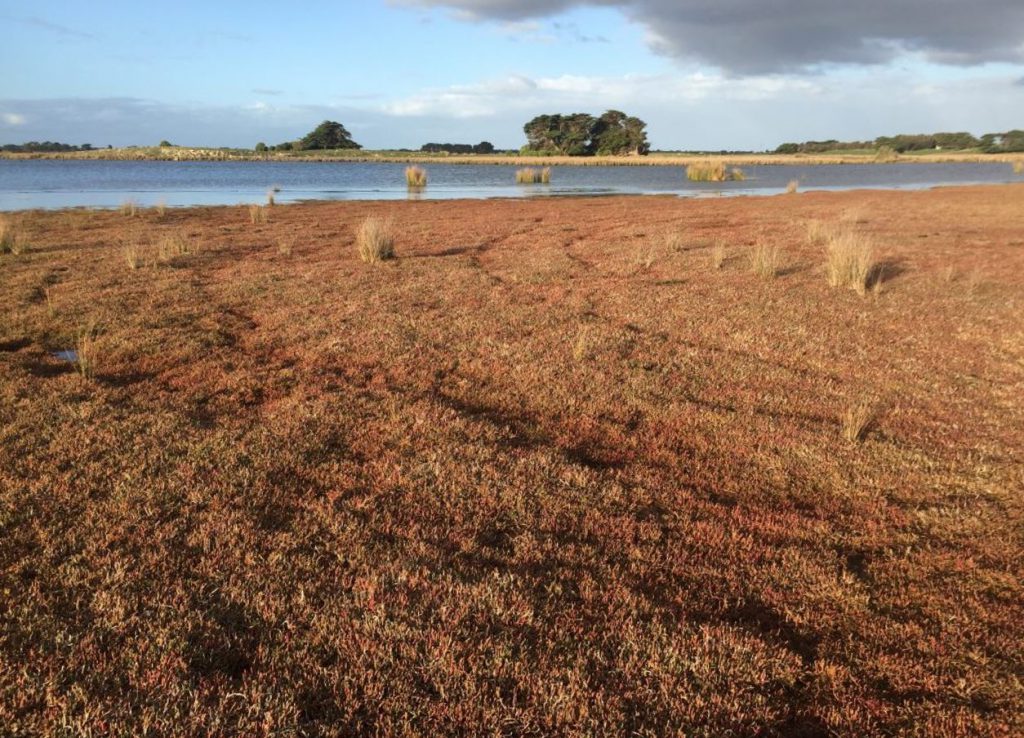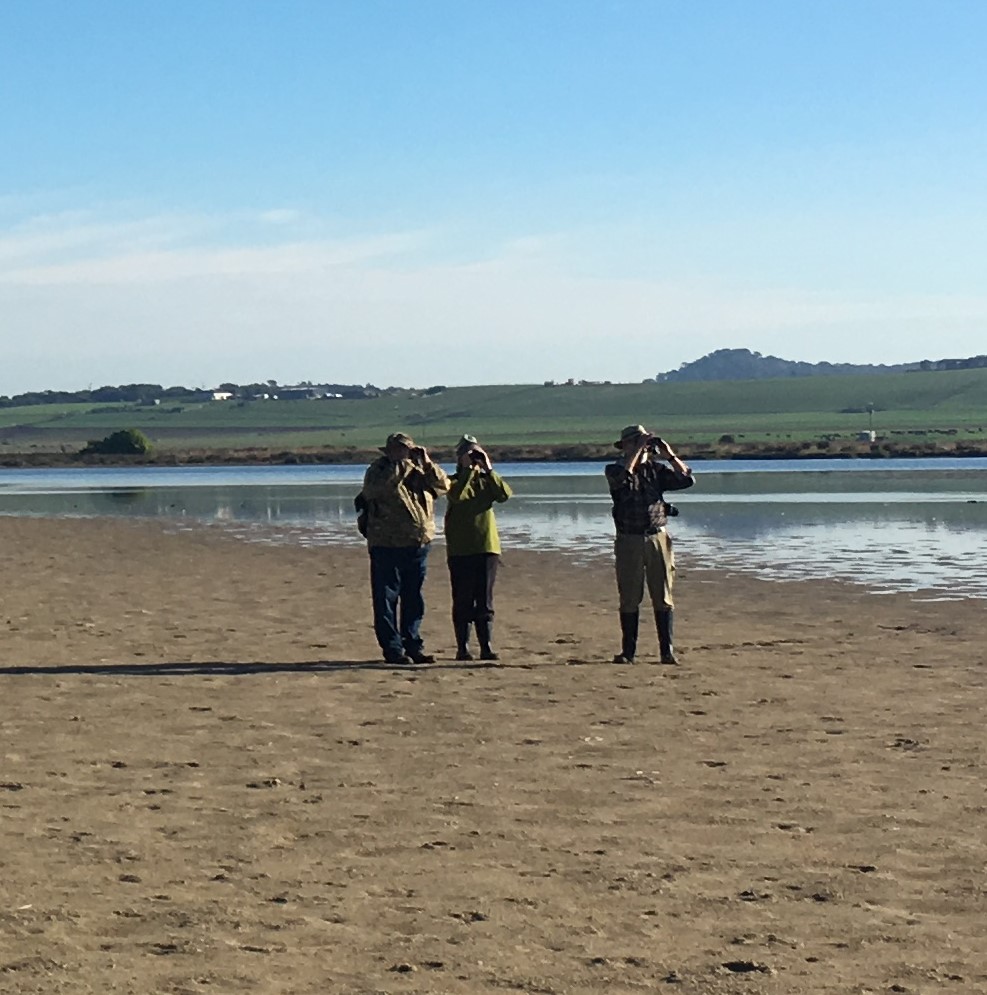How nutritious are the little seeds Orange-bellied Parrots need?
Avocado seeds are big, sunflower seeds a bit smaller, but for Neophema parrots, food seeds are rather small. The Orange-bellied Parrot (Neophema chrysogaster) feeds on the seeds of Beaded Glasswort (Sarcocornia quinqueflora); seeds just over 1 mm long.
Captive breeding and supplementary feeding programs rely upon good seed. NGT will be collecting a few hundred grams of Beaded Glasswort seed for nutrient testing to improve the propagation and provision of seed for the Orange-bellied Parrot (OBP) as part of the national recovery program. Hopefully this will lead to stronger and healthier captive-bred individuals.
Collecting will take many hands, so if you are interested in joining us for a day in the field collecting some seeds from beautiful coastal habitat during June and July, send us an email. Everyone is welcome to give us a hand and no previous experience is needed.
The first official OBP winter count in south-west Victoria found some excellent habitat with unusually large amounts of seeding plants available. Surprisingly no Neophema species were sighted during surveys. With rain predicted, we hope increased water levels in coastal wetlands will bring flocks of Blue-winged Parrots (Neophema chrysostoma), and perhaps their rarer relatives, the OBP too.
Thanks to all the volunteers who came out and spent part of their weekend searching for Neophema parrots.
The next count weekend is on the 27th and 28th of July 2019. If you would like to join in, please email Nicole.
The OBP winter monitoring program in south-west Victoria is undertaken by Nature Glenelg Trust in close partnership with BirdLife Australia and the Department of Environment, Land, Water and Planning. This project is supported by Glenelg Hopkins CMA and the Department of Environment, Land, Water and Planning through funding from the Australian Government’s National Landcare Program.


